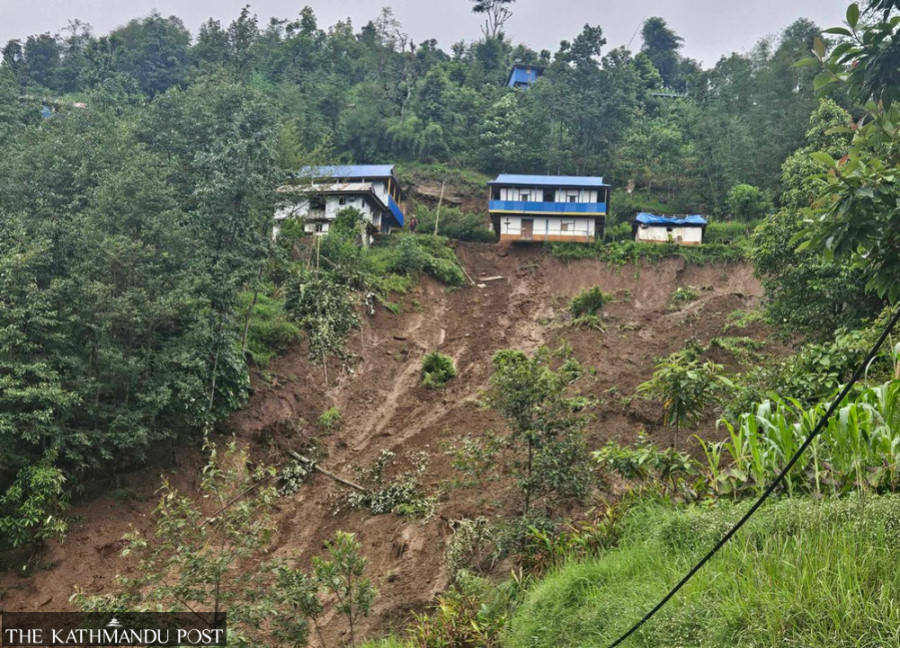More than 73,000 families have been affected by natural disasters in Nepal’s Koshi Province over the past decade, according to official data released by the provincial government. The alarming figure reflects the region’s increasing vulnerability to climate-induced hazards such as floods, landslides, and storms.
The Ministry of Internal Affairs and Law of Koshi Province revealed that from 2013 to 2023, 21,794 families were directly displaced by disasters, while over 51,000 additional families suffered economic and property losses. The report highlights both the growing frequency and intensity of extreme weather events in the province, which encompasses some of Nepal’s most disaster-prone districts.
Among the most affected districts are Sunsari, Udayapur, Dhankuta, and Bhojpur. Frequent flooding from the Koshi River and its tributaries, along with landslides during the monsoon season, have repeatedly displaced thousands and damaged critical infrastructure, homes, and agricultural land.
The data shows that in the past ten years:
- 1,294 people died due to disasters in the province.
- 1,077 were seriously injured.
- Over 1,000 schools and public buildings were damaged or destroyed.
- Tens of thousands of hectares of farmland were either eroded or rendered unusable by siltation and waterlogging.
Officials attribute much of the disaster impact to inadequate preparedness and poor infrastructure. “Despite repeated warnings and damage, long-term risk reduction measures have been minimal,” said Basudev Ghimire, head of the Disaster Risk Reduction and Management Division of Koshi Province. “We are now urgently focusing on sustainable solutions.”
The provincial government has initiated efforts to strengthen disaster resilience through early warning systems, relocation plans, and embankment construction along major rivers. However, progress has been slow due to funding shortages, bureaucratic delays, and political instability.
Humanitarian agencies working in the region have called for a multi-pronged approach involving the federal government, international donors, and local communities. “We need climate-adaptive infrastructure, better urban planning, and effective land-use regulation,” said Rina Thapa, a disaster resilience expert affiliated with the United Nations Development Programme (UNDP).
The situation has also intensified calls for stronger environmental safeguards as rapid deforestation, unregulated mining, and haphazard road construction are cited as contributing factors to the increasing landslide risk.
The effects of climate change are further exacerbating the crisis. Rising temperatures have led to more intense and erratic rainfall patterns in recent years, increasing the frequency of flash floods. Glacial melt has also heightened the risk of glacial lake outburst floods (GLOFs) in mountainous regions, posing threats to downstream communities.
Disaster survivors, meanwhile, continue to face prolonged displacement, limited access to livelihoods, and inadequate support for rebuilding. Many displaced families are still living in temporary shelters years after losing their homes.
The Koshi Province government says it is preparing a comprehensive disaster preparedness and climate adaptation strategy, expected to be unveiled later this year. The plan aims to prioritize high-risk areas and integrate community-based solutions with technical support from national and international partners.
As the region confronts the mounting impact of climate-related disasters, the urgent need for systemic action has become clear. Without long-term investment and coordination, the toll on human life, livelihoods, and infrastructure is likely to worsen in the years ahead.
Source: The Kathmandu Post



